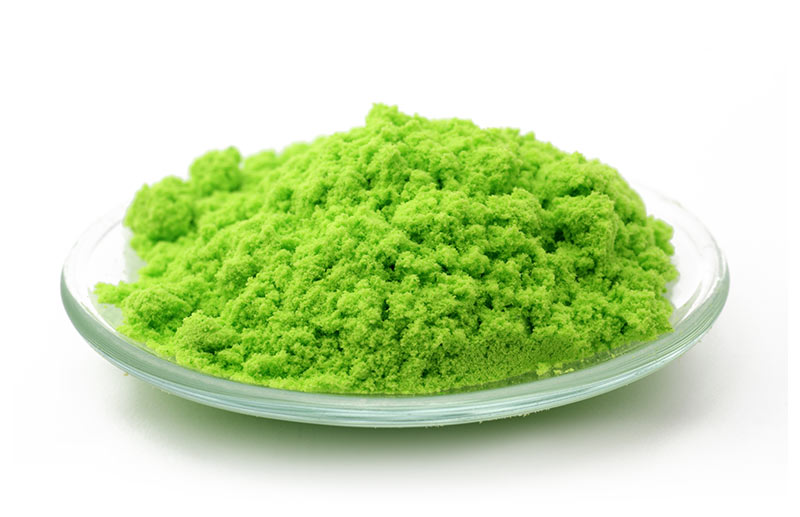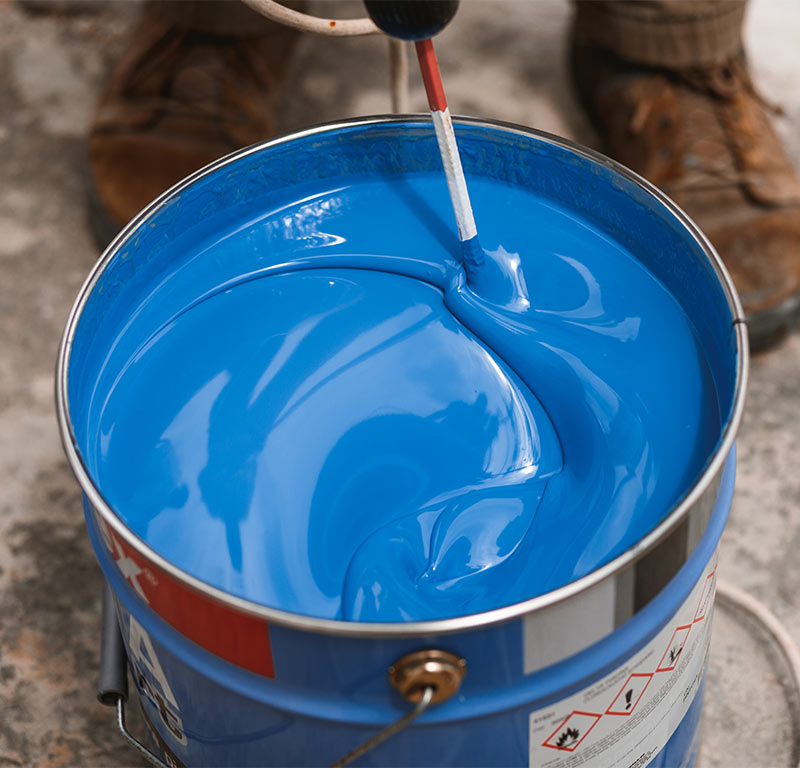
Pigment Grinders in Paints Application
The first American paint mill was built in the 1700s in Boston, MA. However, the equivalent of paint was used to color and coat surfaces long before that. Thousands of years ago, natural substances from the earth were being used to paint cave walls and protect wooden ships. Charcoal, juice from berries, milkweed sap, and pigmented minerals were just a few of the earth’s materials that were used.
Properties of Paint

Paint as we know it today, consists of three primary components – pigment (color), resin (binder) and solvent. Many paints also have additives, such as ceramics for increased strength and durability.
Pigments in Paint
The pigments in paint are the ingredients that give paint its opacity and color. These pigments also provide the added benefit of obstruction – it hides what’s behind it!
Metal compounds are often used for paint pigmentation and a pigment grinder is used to achieve the desired consistency. Titanium dioxide is a bright white chemical often found in sand. Yellows, reds, oranges and browns come from iron oxide and greens can be derived from chromium oxide. Various other pigment combinations, through both organic and inorganic compounds, are used to produce nearly any color you can imagine.
Binders in Paint
The resins in paint act as the binders. They glue the pigments together and keep the pigments stuck on the surface being treated. Today, most resins are made from synthetic plastics, however some are made from natural oils and many were previously made from rubber.
Solvents in Paint
Without solvents the resulting mixture of pigment and binder would be a thick, viscous substance, barely able to spread. Solvents help the pigments and binder dissolve and mix together. This thinner mixture is then easily transferred to surfaces in smooth, even strokes. Once the solvent has evaporated, the surface is left with a beautiful, strong coating of the pigment and binder.
Grinding Attritors for Paint Production
How does all of this apply to attritor grinders? Without the proper grind, both pigments and binders (or more accurately, the plastics used to make the binders) would not produce the desired result.
Because pigments come from a variety of sources, they all need different grind times and sizes. Each pigment has a certain energy threshold required to achieve full color development. Some may need a longer grinding time in order to reach its full color strength. While others may actually begin to lose color strength if ground too fine.
Many of paint’s additives that attribute to properties such as durability, fade-resistance and elasticity also rely on proper grinding techniques in order to produce a stable, consistent product.
Finding the right grinder for your paint production needs is important – not only for the quality of your product, but also the efficiency of your process. Many grinders can result in lost material, wasted time and high energy consumption.
Attritor grinders provide an answer to those common problems. With designs that intentionally minimize waste, your materials will stretch farther. Less energy consumption and easy operation decrease your operating costs for production.
Two Union Process Models Ideal for Paints
DMQX® Horizontal Bead Milling

Our DMQX® Horizontal Bead Milling Systems are particularly ideal for the paint industry. The enhanced design of these new bead mills combines the cost savings of circulation grinding with the efficiency and ease of bead mill grinding. Produce materials in the single micron and even nanometer range with our effective DMQX Bead Mill.
Q Series Circulation Grinders
Our Q Series Circulation Grinders produce a very narrow particle size distribution, delivering the ultimate in micron size and quality. They handle large amounts of material at once and allow for continuous monitoring throughout the process. Additional ingredients can be added to the premix tank at any time during the grinding, and excellent temperature control can be achieved.
Help in the Attritor Grinder Selection Process
Find the grind that suits your application best by talking to our experienced technicians. We always seek to first understand your challenges, uses and desired result before suggesting the appropriate mill that will work best for you.
Our Lab Testing Services are always available to provide educated choices based upon proven and tested results.